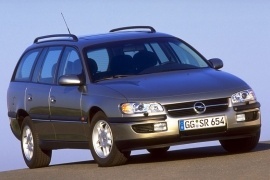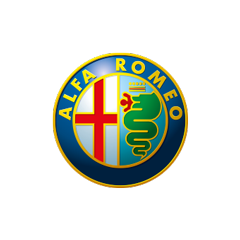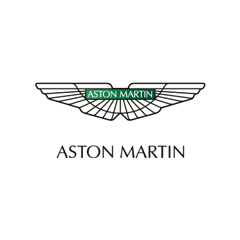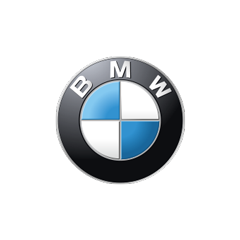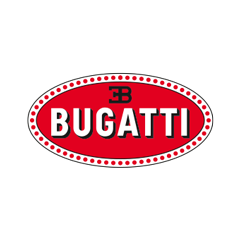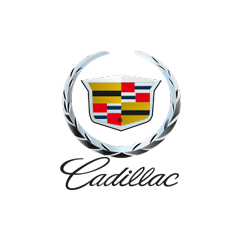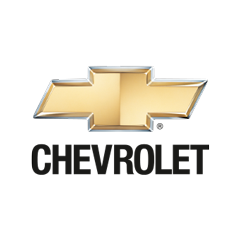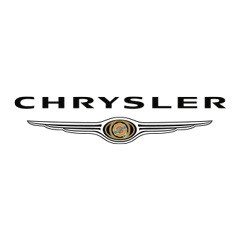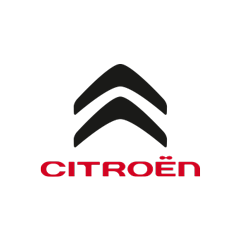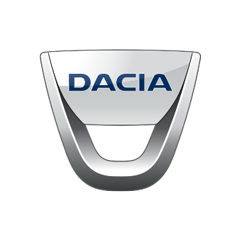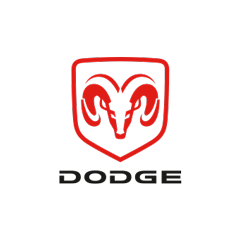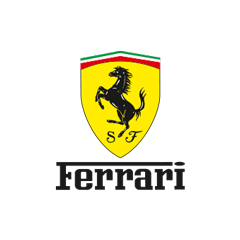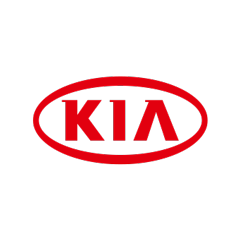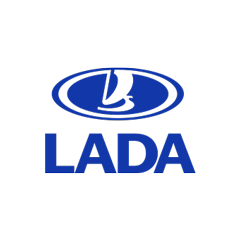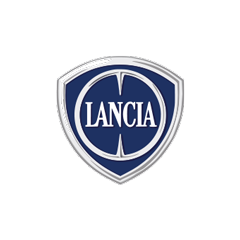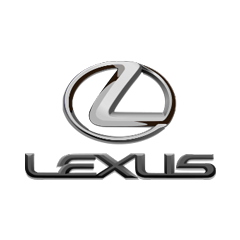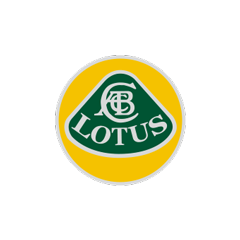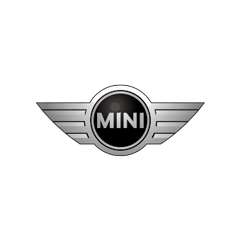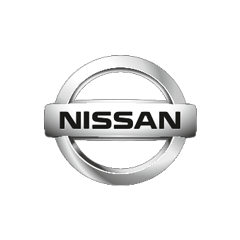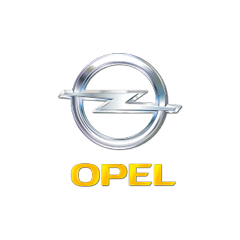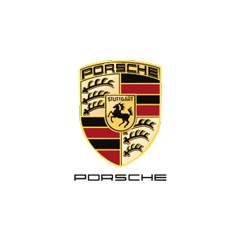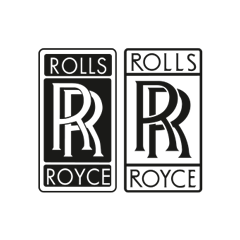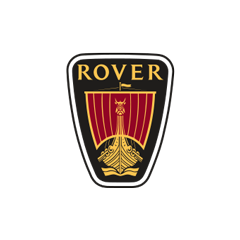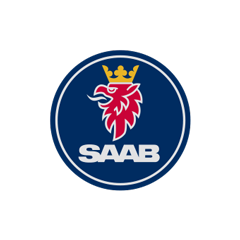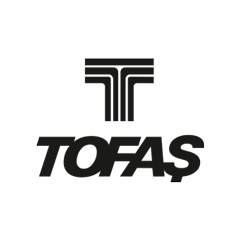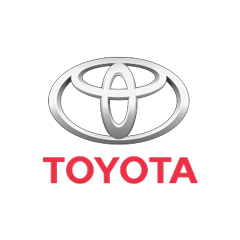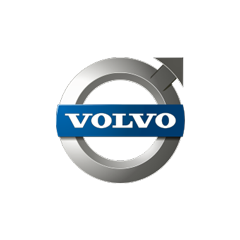Opel introduced the Omega’s first generation in 1986 to replace the Senator and Rekord, trying to get more market share from BMW 5 Series and Mercedes-Benz E-Class.
Eight years later, the German arm of General Motors introduced a second-generation for its large vehicle, by European standards. It was a significant change that brought new engines, new technologies, and better interiors. GM used the V-platform for it, which used it for the Australian Holden cars and the Cadillac Catera as well.
The station wagon shape featured the same front fascia as its sedan sibling, with sleek headlights and clear turn signals mounted on the corners. Its grille sported a horizontal chromed slat with the Opel badge in the middle. After the B-pillar, the Caravan featured an extended roof that ended in a vertical drop with a liftgate. The carmaker didn’t want to cut any corners and used different rear doors for the station wagon than for the sedan.
Inside, the designers had plenty of room to create a spacious cabin fit for five adults. For the front occupants, Opel installed a pair of bucket seats with cloth upholstery for the lower trim level and a leather-clad interior for the top full-spec version. There was a bench for three at the back, although the middle passenger had to ride on top of the tall transmission tunnel. The folding seatback increased the trunk from a decent 541 liters (19.1 cu-ft) to a staggering 1,800 liters (63.6 cu-ft).
Under the hood, GM installed a range of gasoline and diesel engines. A 2.0-liter inline-four powered the base version. It was too weak to lively move the heavy vehicle. The top performer was a fuel-thirsty 3.0-liter V6 that could barely match the 2.8-liter Mercedes-Benz E-Class and higher fuel consumption.

